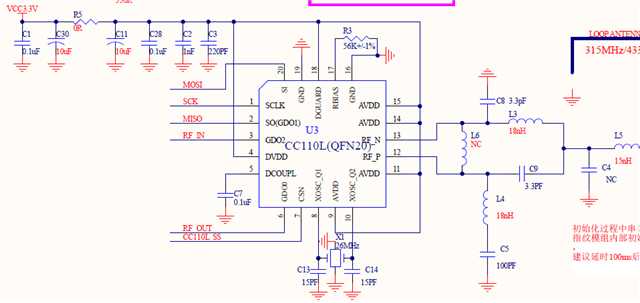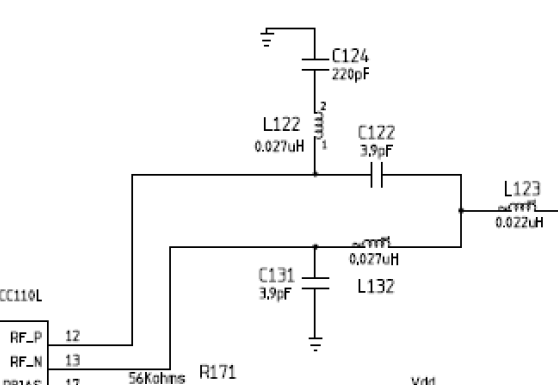Other Parts Discussed in Thread: CC110L
Hi,
Using CC1101 and the same software, it was found that the working current was different. Some boards had a current of 14ma, while others had a current of 25ma. Half of the 100pcs tested showed this issue.
I previously used CC110L, the same PCB board, but did not find this issue.
What is the reason?
What is the difference between CC1101 and CC110L?



